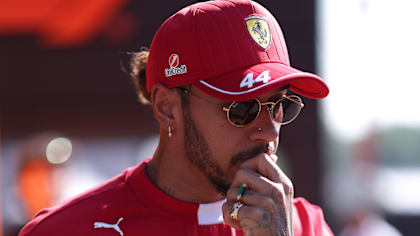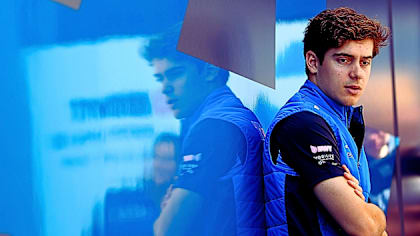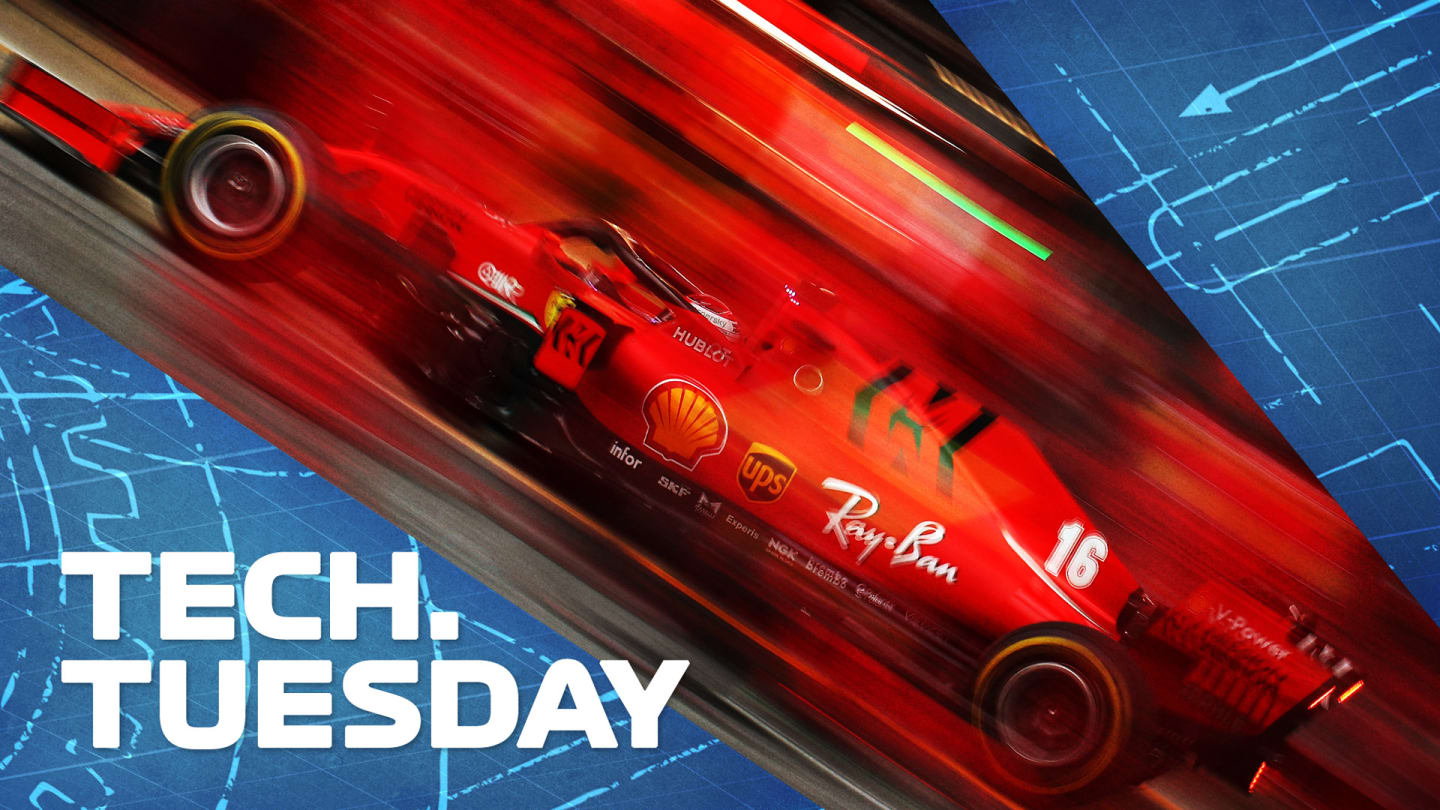
Technical
How much will the cars have changed since testing when they arrive in Austria?

Share

How will the months-long hiatus due to the coronavirus pandemic affect teams' development programmes? Will we see Melbourne-spec cars in Austria next month, or something more advanced? Mark Hughes explains how development paths have changed since testing in February, with technical illustrations from Giorgio Piola.
The unique challenges of the 2020 Formula 1 season have completely changed the usual car development cycle, and what we will see in Austria will be quite different from what was taken to Melbourne. That in turn, was set to have been different to how the cars were when they last appeared on a race track – in winter testing.
READ MORE: Mercedes announce engine chief Andy Cowell is to leave the team
We may also be about to see an atypically intense late-season development pace.
Every team will have taken upgrades of their Barcelona testing cars to Melbourne. The size and scope of such upgrades would have varied between the teams, but those Melbourne-spec cars will now never be seen.
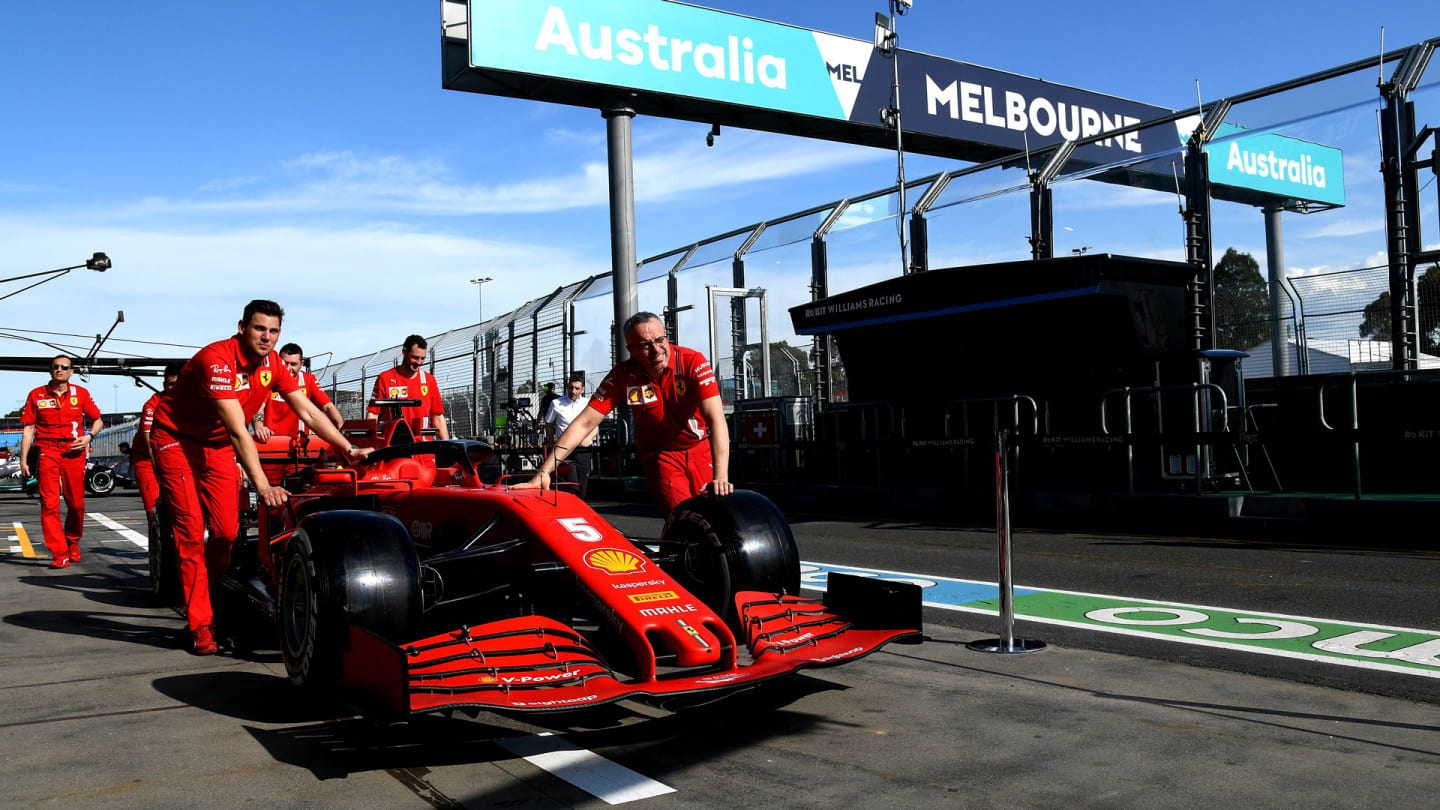
Ferrari's Melbourne-spec SF1000 will have been developed further for the start of the season in July
Those specifications of each team’s car are now frozen in that time, as unraced prototypes. There have been 94 days since that aborted race was scheduled to have taken place, and although over 60 of those have been accounted for by the imposed factory shutdown period, that still leaves over a month of valuable development time.
Just because the cars have not been running on track does not mean that their development stops.
READ MORE: Why Austria and Hungary are the perfect tracks to show where the top teams stand in 2020
It’s a never-ending process of new ideas, reiterations and optimisations. The sophistication of the simulation tools allows the development to be ongoing and, inevitably, this change is mainly aerodynamic.
Even mechanical changes are usually made to better accommodate improved aerodynamics. Typically, changes to one component, say a front wing endplate, will have an effect on the aerodynamic surfaces behind – down to the bargeboards and the various flicks, louvres, guide vanes, slots, etc.
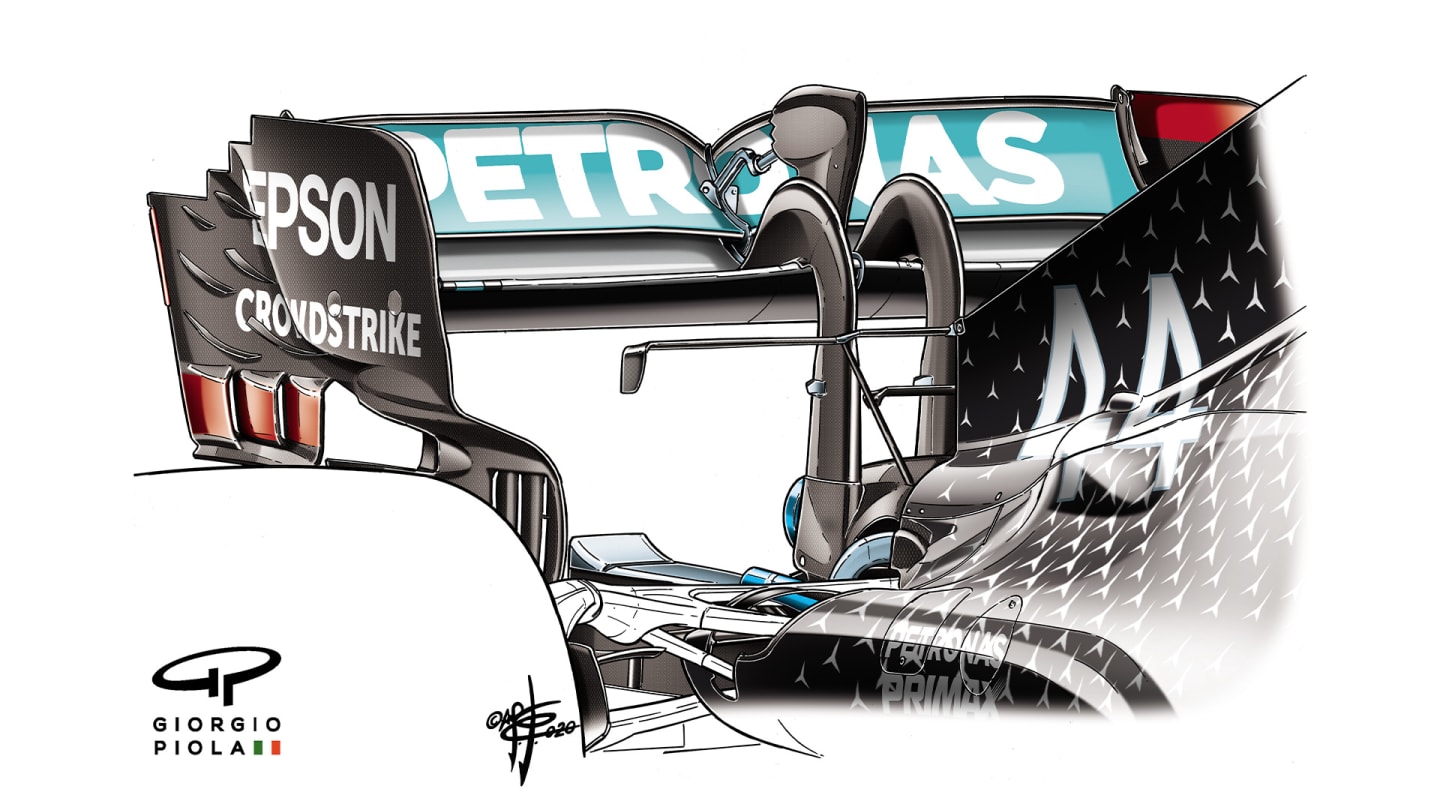
Change the design on the front wing, and it causes a domino effect – affecting multiple other parts. This illustration shows Mercedes' double rear-wing pillars trialled in testing back in February
The initial improvement in performance from the component itself will just be the beginning of the development process around it. In this case, once the team’s CFD (computational fluid dynamics) programme confirms the new wing is a performance upgrade, the altered airflow around the rest of the car would now be studied.
Because typically the initial upgrade is just the beginning. CFD will allow aerodynamicists to study the effect of changes made to other surfaces in response to the changed flow of the initial upgrade.
This process will be repeated and repeated until diminishing returns determine that everything possible has been squeezed from the change and resources are best used elsewhere. But this process can happen without a single part being manufactured.
A good illustration of this came two years ago when the Force India team could not afford to manufacture the new parts their simulation programmes were producing; the new parts existed only in the virtual world.
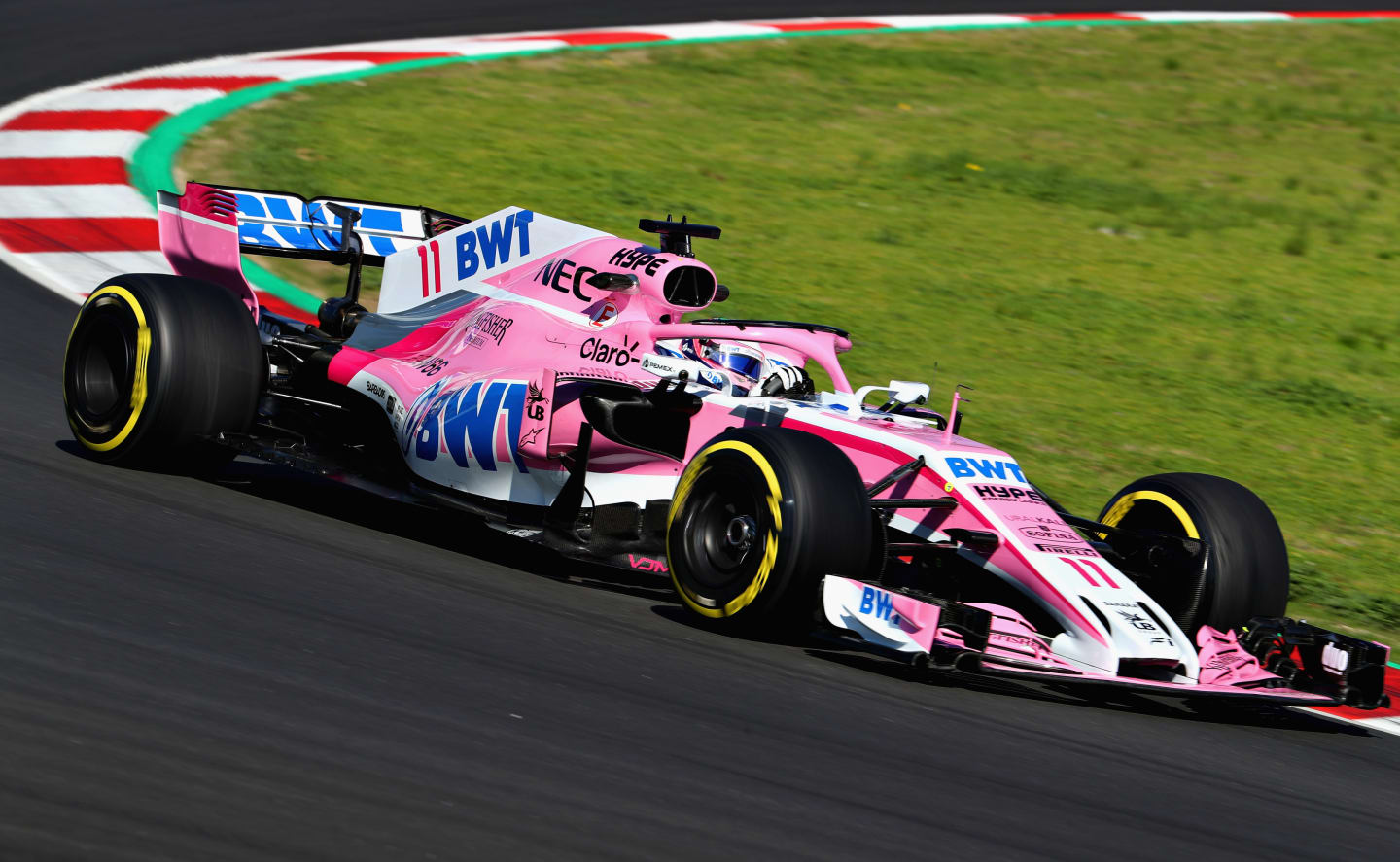
The 2018 Force India VJM11 had a steadier rate of development, with increased CFD work - something that teams will have been doing during the hiatus
The development programme continued to run in that world so that by the time the team were purchased by a new owner and the money made available to actually manufacture the parts, they were parts three or four steps evolved from those that had been on the car up to that point. It was just that the interim solutions had not been made.
The exact same process will be ongoing this time at all the teams, albeit it for a different reason.
READ MORE: TECH TUESDAY - The hidden upside of Mercedes and Alfa's DRS-boosting rear wing
So, we are likely to see wing/bargeboard/diffuser combinations several steps evolved from those seen in winter testing, for there are the Melbourne upgrades plus whatever has happened in simulation since.
Just as when a new car is being produced, there has to be a cut-off development point at which the car needs to be built to get it ready in time for testing. But the development continues regardless – hence the typical Melbourne upgrade package. Same again for the Red Bull Ring. Expect the new parts to be arriving thick and fast.
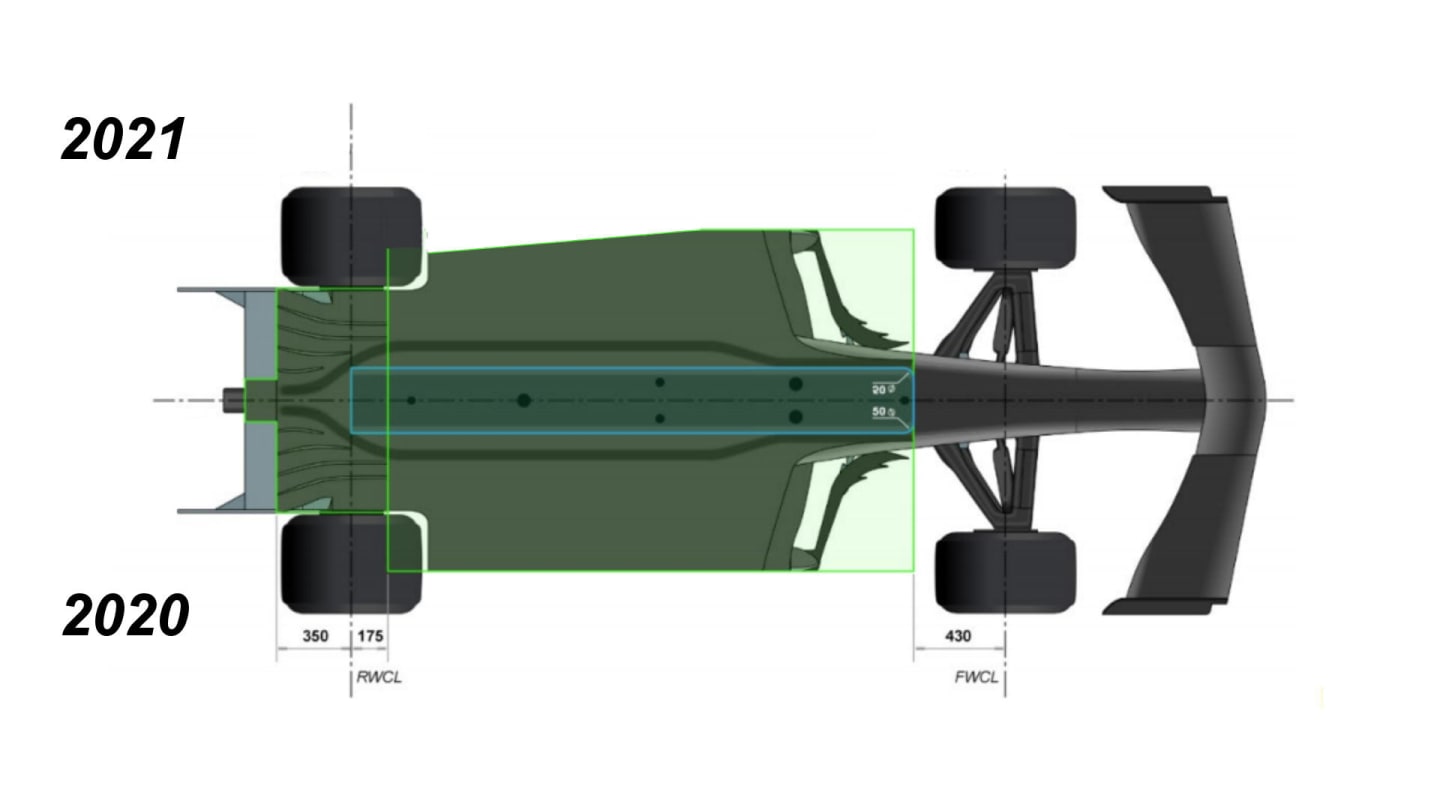
The major change for 2021 is regulations concerning the width of the floor. Expect major end-of-season development this year, however, as other regulations stay stable
Because the all-new aerodynamic regulations scheduled for 2021 have now been postponed for a year – and no work permitted this year on the 2022 cars – all teams will be able to devote their entire resource onto this year’s cars.
There will be none of the usual split into current car/next year’s car – and hence the development rate in the latter part of the season may even be greater than what we traditionally see.
READ MORE: ANALYSIS - What the 2021 rules delay means for F1
There have been small aerodynamic changes – concerning the width of the outer floor – made for 2021. There will therefore be some research conducted on the effects of that. But the core of the current cars must be used, with only bodywork surfaces permitted to be developed. But generally, any development work carried out on the current car will also be of benefit to the same car in 2021.
Although the circumstances are so very different from what was envisaged as the 2020 cars first took to the track in Barcelona, the same relentless competitive drive applies to how they will evolve.
More TECH TUESDAYS
- Why Austria and Hungary are the perfect tracks to show where the top teams stand in 2020
- What does the 2021 aero rules change mean for the cars – and which teams will it hurt most?
- The hidden upside of Mercedes and Alfa's DRS-boosting rear wing
- Under the bodywork of the Ferrari 312B3 on the anniversary of Niki Lauda's first F1 win
- Under the bodywork of the Alfa Romeo ‘Alfetta’ – 70 years after it won the first ever F1 race
YOU MIGHT ALSO LIKE
News FIA Thursday press conference – Emilia-Romagna
News Ferrari's braking issues 'a lottery' as Hamilton reflects on FP2 struggles in Imola
FeatureF1 Unlocked PADDOCK INSIDER: Colapinto’s back in F1 action with Alpine – and the Argentinian racer means business

Video WATCH: Hadjar triggers red flag during FP2 at Imola after spinning into the barriers


